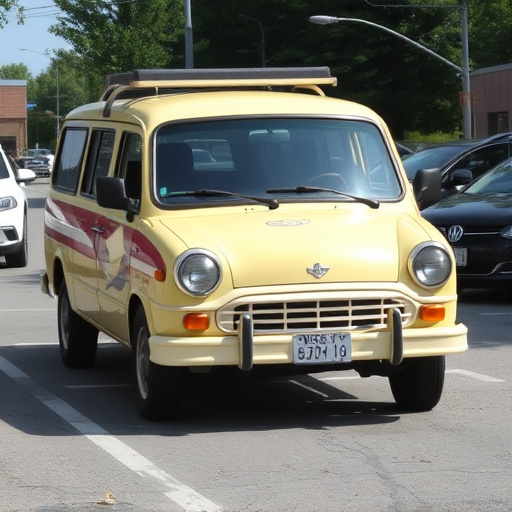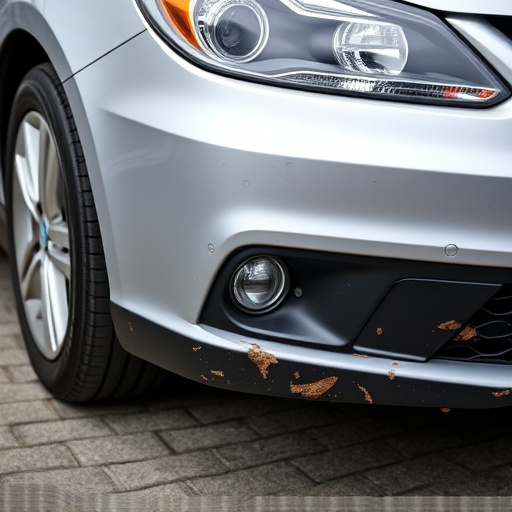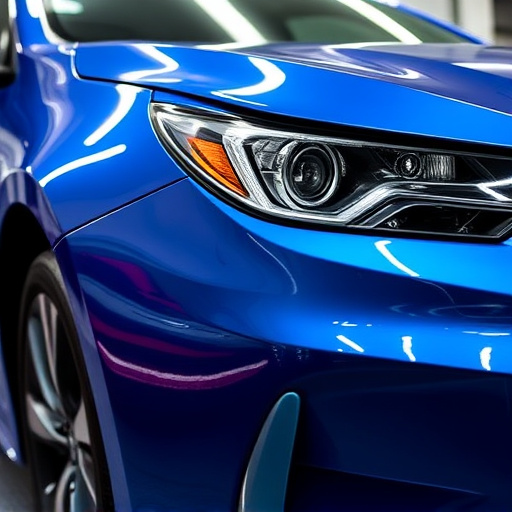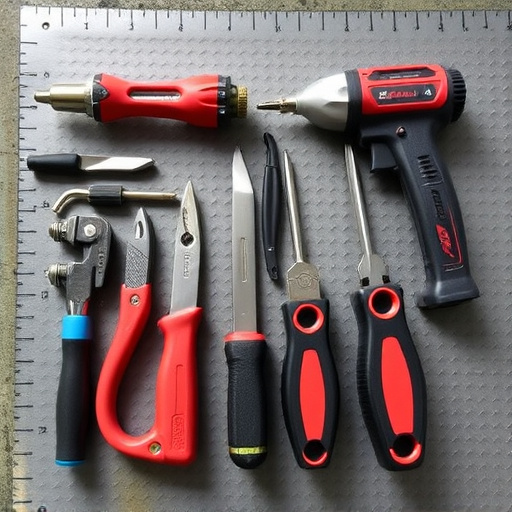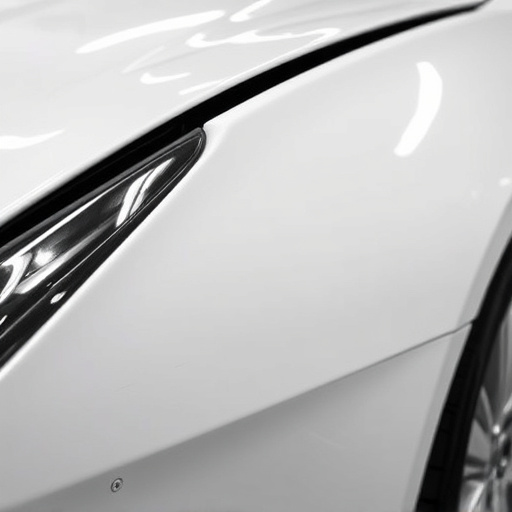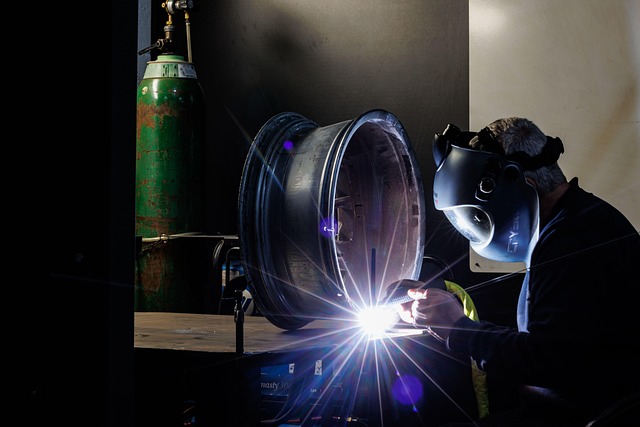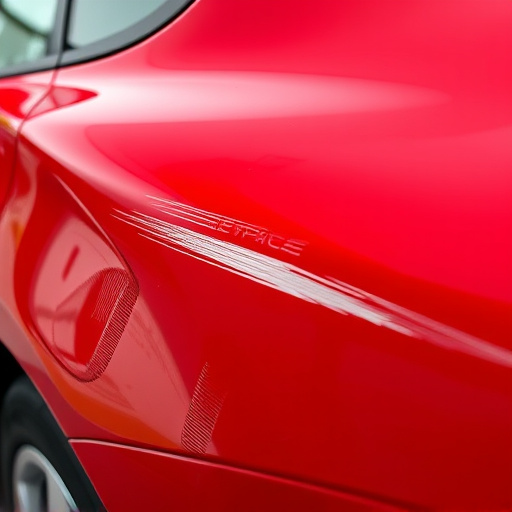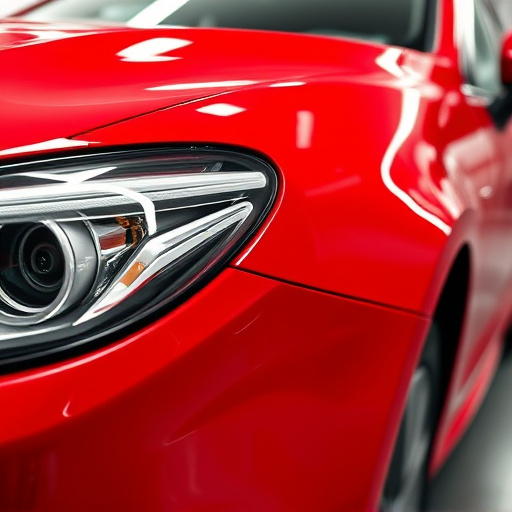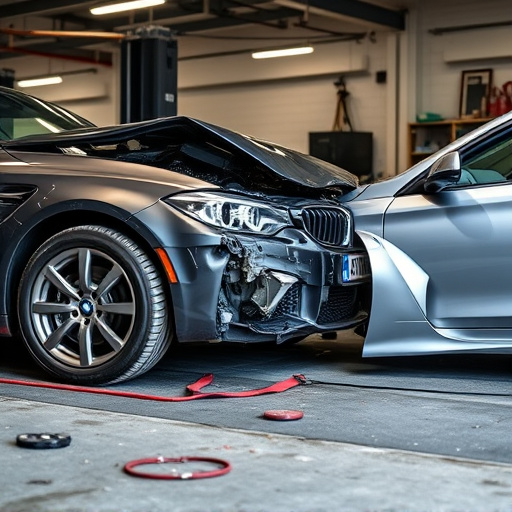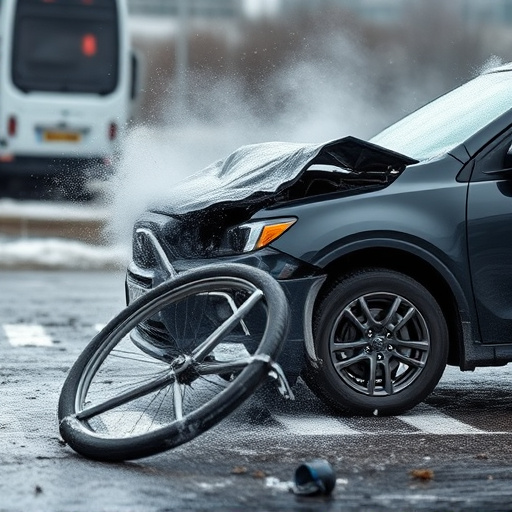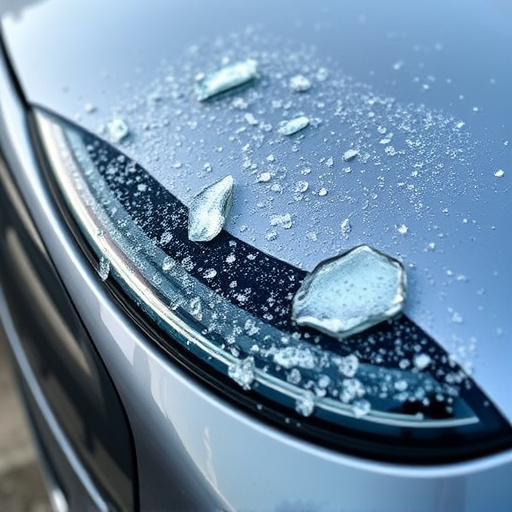Paintless dent repair (PDR) effectiveness is heavily influenced by weather conditions, with optimal results in clear skies, moderate temperatures (60-80°F/15-27°C), low humidity, and calm winds. Extreme heat or cold can challenge metal flexibility, affecting PDR precision. Unfavorable conditions like rain, high humidity, and extreme temps require adapted techniques and specialized products to maintain consistent success rates in the PDR method despite weather variations.
“The sky’s the limit—or so they say—when it comes to achieving flawless results with paintless dent repair (PDR). However, Mother Nature has a way of throwing curveballs that can impact success rates. This article delves into how weather conditions play a pivotal role in PDR outcomes. We explore ideal climates for optimal repairs, strategies to overcome challenges posed by adverse weather, and practical tips for technicians navigating the elements. Understanding these factors is key to ensuring consistent, high-quality paintless dent repair results.”
- Understanding Weather's Impact on Paintless Dent Repair
- Ideal Conditions for Achieving Successful Results
- Mitigating Challenges: Adapting to Unfavorable Weather
Understanding Weather's Impact on Paintless Dent Repair
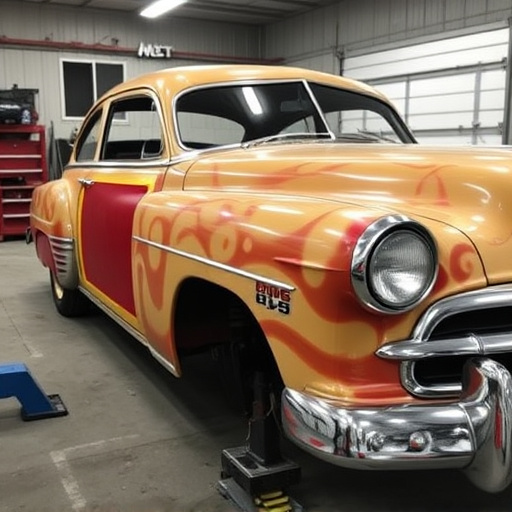
The success of paintless dent repair (PDR) heavily relies on environmental conditions. Weather plays a pivotal role in determining the outcome of this non-invasive car restoration method. For instance, optimal PDR conditions include clear skies and moderate temperatures—factors that ensure the flexibility and responsiveness of vehicle bodies during repair. Extreme heat can cause metal to expand, making precise dent removal challenging, while freezing temperatures may render the material brittle, increasing the risk of damage.
Understanding how weather influences the process is crucial for setting realistic expectations. Automotives collision repairs that rely on PDR techniques must consider these environmental factors to ensure the best results. Vehicle owners should be aware that attempting PDR in adverse weather conditions might lead to less-than-satisfactory outcomes, highlighting the importance of timing and proper preparation when it comes to car restoration using this innovative approach.
Ideal Conditions for Achieving Successful Results
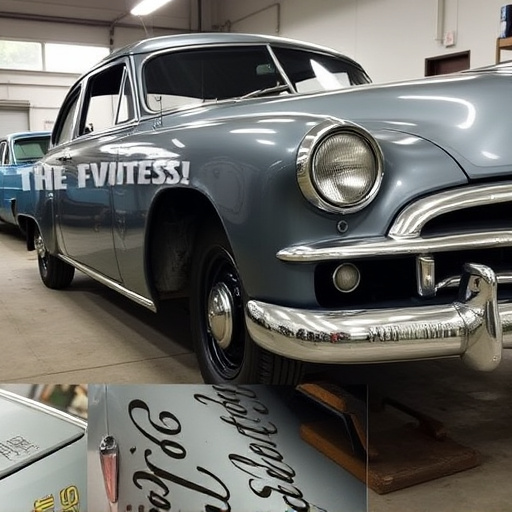
Achieving successful results with paintless dent repair (PDR) relies heavily on ideal environmental conditions. Optimal temperatures between 60-80°F (15-27°C) and low humidity levels are crucial for the proper viscosity and performance of PDR tools and compounds. This ensures that the materials adhere correctly to the damaged area, facilitating a seamless repair without leaving visible traces. Additionally, clear skies and minimal wind facilitate precise work, as technicians can accurately assess and address dents without interference from weather conditions.
In regions prone to extreme weather events like hailstorms or heavy rainfall, which often lead to scratch repair or hail damage repair needs, maintaining these ideal conditions becomes even more critical. While vehicle dent repair can be performed in a wide range of temperatures, the best outcomes are typically achieved when working under mild, consistent weather patterns. This allows for precise manipulation and adjustment of PDR tools without the challenges posed by extreme heat, cold, or moisture, ultimately enhancing the overall success rate of the paintless dent repair method.
Mitigating Challenges: Adapting to Unfavorable Weather
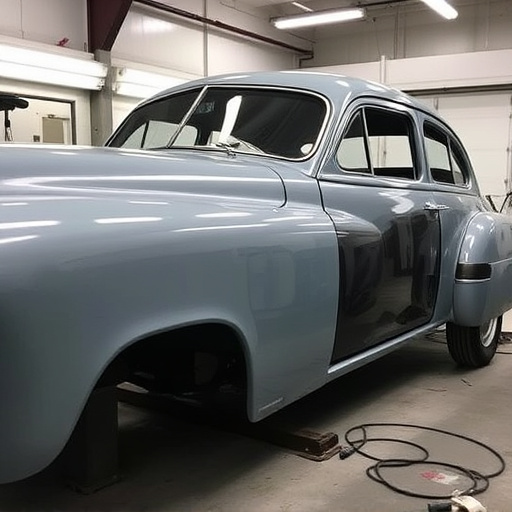
Unfavorable weather conditions can pose significant challenges for paintless dent repair (PDR) technicians, impacting the success rates of their work. Rain, high humidity, and extreme temperatures can affect the properties of materials used in PDR, making it harder to achieve perfect results. For instance, wet or damp conditions may cause adhesives and fillers to set more slowly, increasing the risk of imperfections or failure to bond properly. Similarly, extreme heat can make plastic more rigid, complicating the process of pressing out dents.
To overcome these obstacles, PDR professionals must adapt their techniques and tools accordingly. They might employ specialized products designed for specific weather conditions, such as quick-setting adhesives for damp environments. Additionally, investing in high-quality equipment that offers precise control can help compensate for temperature variations. By staying agile and utilizing the right resources, auto body shops can maintain consistent success rates even during less than ideal weather, ensuring customers receive top-notch vehicle collision repair services.
In conclusion, weather plays a significant role in the success rates of paintless dent repair methods. Understanding how environmental factors influence this process is key to achieving optimal results. Ideal conditions, such as dry and mild temperatures, enhance the effectiveness of this non-invasive repair technique. However, challenging weather like heavy rain or extreme heat can pose obstacles. By being aware of these variables and adopting appropriate adaptation strategies, technicians can ensure consistent high-quality repairs, even in less than perfect conditions.




